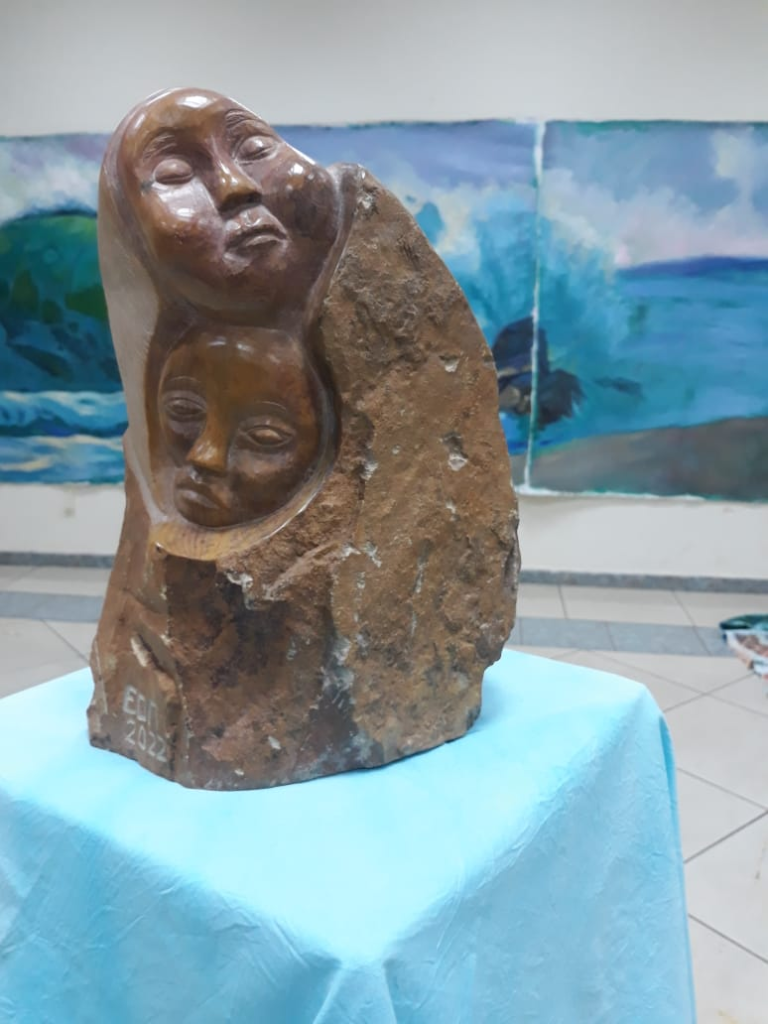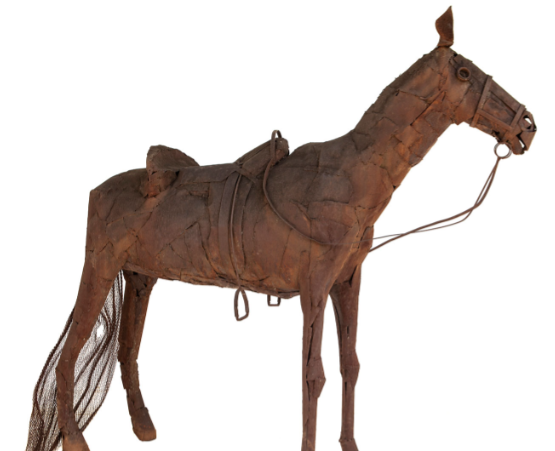East Africa has a long history of sculpting. Using materials such as wood, clay, and soapstone to create unique works, East African artists have woven narratives and traditions into tangible masterpieces. From their intricate detailing on wooden carvings to the tactile allure of clay forms and the timeless elegance of soapstone sculptures, this article will show three East African sculptors to add to your list.
History and Origin of Sculptures in East Africa
The history of wooden carvings can be traced to the Zaramo people of Tanzania and Mozambique. The art of Zaramo represents the transformations and reinventions of the wooden sculpture throughout their lifetime. The Zaramo wooden sculptures were a result of decades of reinventions that created a beautiful pattern. These patterns have evolved, and they can be seen in traditional furniture, sculptures, and even African clothing.

On the other hand, monumental sculptures can be traced back to the Nok culture in West Africa. Characterized by elongated bodies and angular shapes, these sculptures are familiar in today’s modern Nigeria.
These three East African sculptors retain ancient sculpting forms, preserving ancient techniques and cultures. They include:
Jak Katarikawe – Uganda
Born in 1938, Katarikawe started by examining the effects of light as he stained the glass churches in his neighborhood. Born of an artistic mother, Katarikawe had no formal training in sculpting but amassed a lot of wealth during his time due to his art. He attended school at Makerere University in the 70s and moved to Kenya. Dubbed the “African [Marc] Chagall,” his vibrant, whimsical artworks conceptualized captivating narratives of his homeland.
His artworks caught the eye of contemporary art dealer Ruth Schaffner, who guided his career to international recognition. Today, his sculptures are of great value in global markets, participating in significant auctions this year. Jak Katarikawe’s legacy rests in his radiant artworks from the mid-1970s to the mid-90s.
Elkana Ongesa- Kenya
Ongesa is an innovative stone sculptor from Kisii in Kenya. Born in 1944 in Tabaka, he has perfected his craft over the years by experimenting with different types of stone. Working with soapstone, granite, and most recently, Basalt salt from Nandi hills, his exceptional sculptures grace various institutions, including the US embassy in Kenya. He studied at Makerere University and pursued a Masters at McGill University.
In 2011, Ongesa co-founded the African Stones Talk symposium, a bi-annual event inviting global artists to Kisii for stone sculpture creation. His new body of work, presented in an exhibition titled: Ekenyagwechwechachwecheria, explores the elusive process of loss and life and what we learn. In his statement, he writes:
“Lala toto lala” is the name of my work for this exhibition. I used a combination of relief and sculpture in the round. It’s of a child lying on her mum’s bosom. This depicts the relationship I had with my wife. On the back side, it’s textured and rough. To show where I am now. It’s pretty rough without her.

Kioko Mwitiki – Kenya
In the 1980s, Mwitiki began as a welder in the ‘Jua Kali’ sector, transforming scrap metal into realistic and abstract wildlife sculptures. In 1993, he was commissioned by the Frankfurt Zoological Society to create wildlife sculptures for Serengeti National Park in Tanzania. This exposure fueled his affinity for animals, and upon returning to Nairobi, his animal sculptures gained popularity. Zoos worldwide, including the Bronx, Calgary, and San Diego, sought his creations over the years leading him to relocate to the US for four years.
Over the years, he has become a mentor to young contemporary artists in Nairobi through his gallery. His works remain an undeniable spectacle on the streets of Nairobi. His accomplishments resulted in his sculptures fetching substantial amounts at worldwide wildlife charity auctions.

Kioko Mwitiki (Kenyan, born 1963). The Racehorse, 1998. Mild Steel
224 x 265 x 71 cm. Image courtesy of Art Auction East Africa.
These visionary artists, among many others, continue to harness their creative prowess to shape cultural narratives, bridging tradition with innovation. By exploring their inspiring journeys and exceptional artistry, we uncover the dynamic essence of East African sculptural expression that continues to captivate the world stage.


